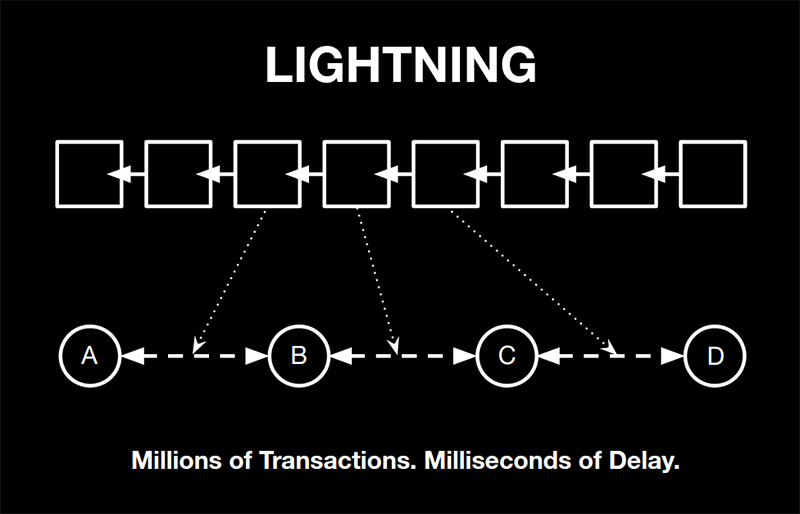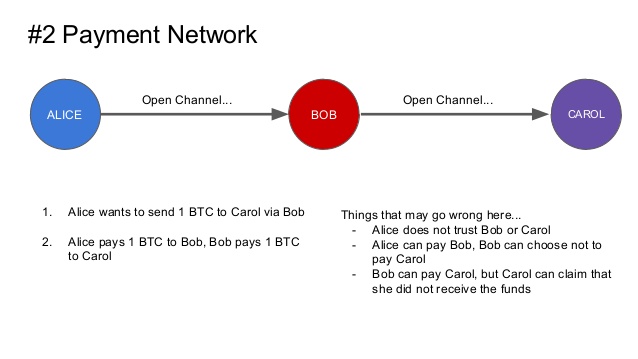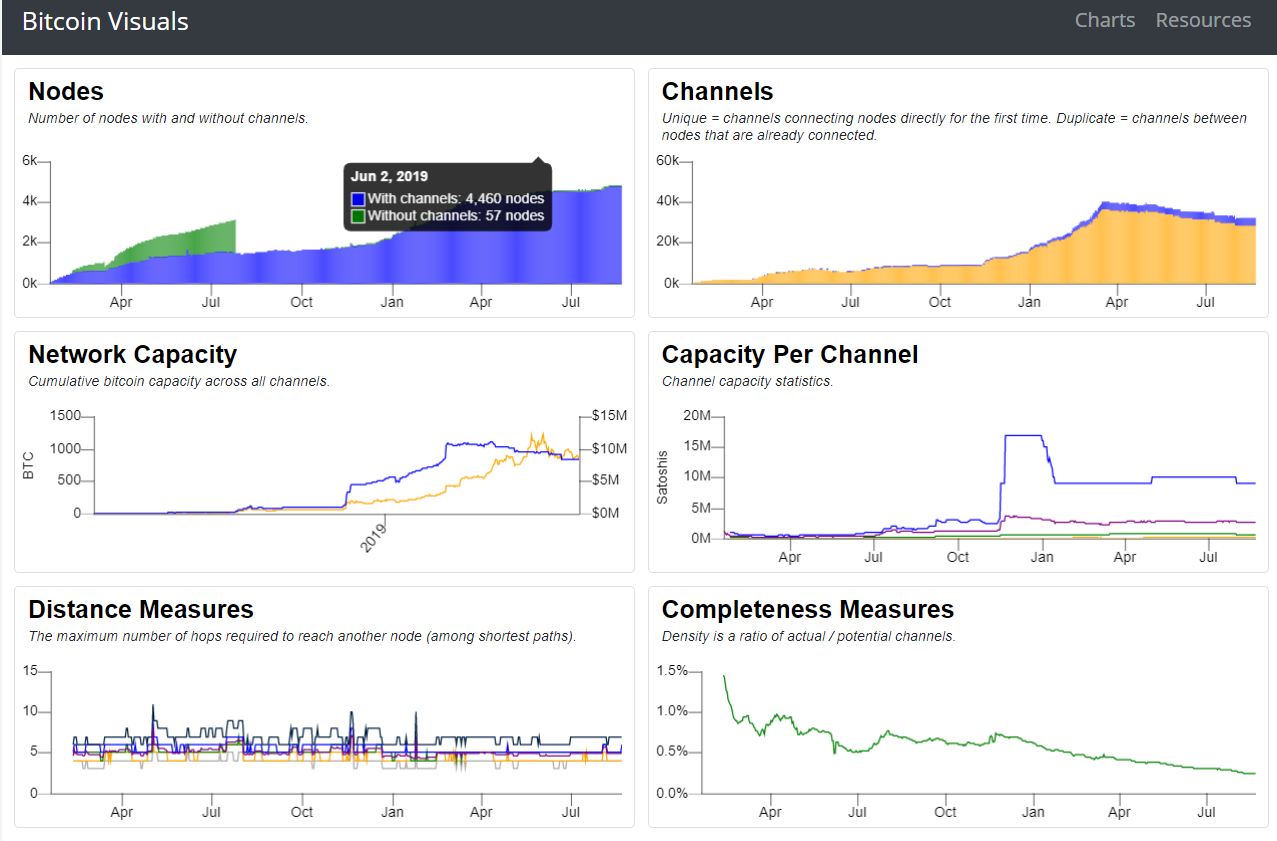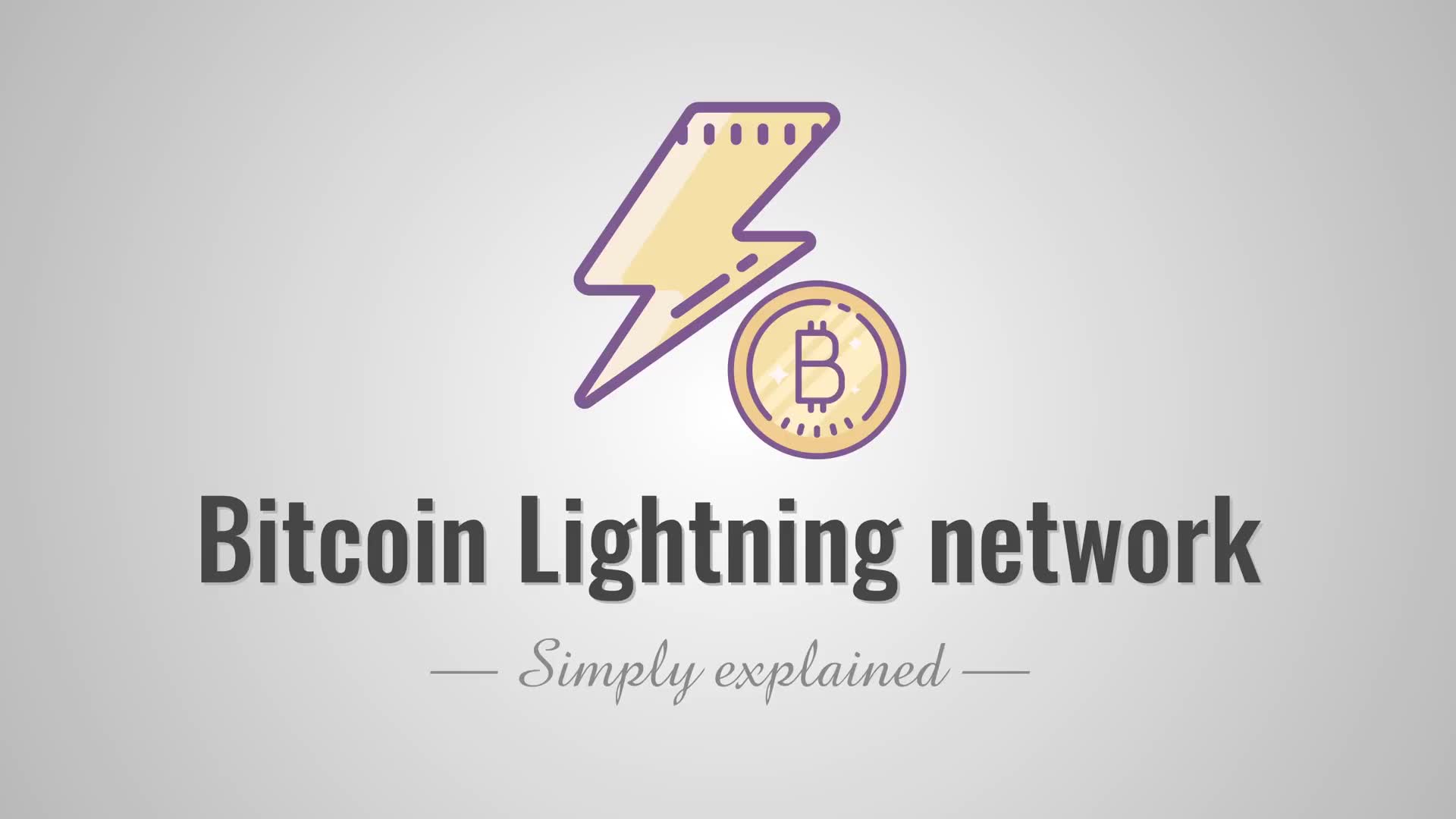Is Lightning Network really the best expansion solution for Bitcoin?
The Lightning Network has been controversial since its introduction in 2016. As a BTC expansion solution, thousands of people in the Bitcoin community expressed their view that the lightning network does not work. Now, after a year and a half of implementation, it is still questioned because of its centralization, routing problems and poor user experience.
What is Lightning Network?
During the 2016/2017 Bitcoin expansion debate, Lightning Networks and other Tier 2 solutions were considered the best way forward for the network, rather than adding blocks. Lightning Networks uses route payment channel technology, something that Satoshi discussed on the same day.
Instead of routing the transaction to the entire network, the two users can send and receive bitcoin back and forth between each other without touching the blockchain. Even if you don't have direct access to them, the idea of Lightning Network is to pay anyone in the world.

- Winklevoss brothers: The bitcoin market is still dominated by retail investors, Wall Street is absent-minded
- "Bitcoin ten years" smashed the entire currency circle, it is time to re-recognize BTC!
- The Influence of Libra on the Renminbi Payment System and Suggestions
Let's start with the payment channel. For example, suppose Alice and Bob want to trade. They each fund 1 BTC's payment channel. This "funding" is just a special address that can be thought of as a bead on a rope with the same number of beads on each side. If Alice wants to pay Bob, she can slide the beads to his side.
In fact, those "beads" are signed transactions, both parties have signed the deal, but they have not broadcast. If either party wants to end the channel and withdraw funds, they can simply broadcast the last signed transaction and the balance will be settled on the blockchain. So Alice can send Bob 0.1 bitcoin, and Bob can send 0.2 back and forth until one party no longer wants to keep the channel active.

Now let's bring Carol. He sold some goods to Alice, but he didn't have Alice's channel. However, he does have a channel to work with Bob. With some encryption technology, Alice can send money to Bob, and Bob will slide some beads to Carol. This is done in a way that is untrusted and secure, and each party can verify the results.
Lightning Network Economics
The idea is that each node will have some passive revenue because the routing node can charge a small fee to route the transaction. These costs can be very low, even lower than these costs.
According to BitcoinVisuals.com, there are currently less than 10,000 LN nodes running. The amount of network capacity or bitcoin currently locked in the LN node is approximately 850 bitcoins, which is approximately $9 million. This number has been declining in recent months, falling from the high of nearly 1100 bitcoins in April this year.

Although this sounds like a very high number, it actually accounts for only 0.0047% of today's bitcoin circulation.
Most importantly, an organization called LNBig.com currently controls about $5 million in BTC on LN. There are more than 1,800 payment channels between nodes, which are the largest entities on the LN.
On Reddit, LNBig talked about their cost structure and their outlook for LN's future. I trade 200-300 transactions per day through all nodes, up to 600 times. On the commission, I can get 5,000-10,000 seats a day. Its price is 0.4-0.8 US dollars. It costs up to $20 a month, and I spent about a thousand dollars when the channel was open, so there is no revenue right now.
Locked in $5 million in $20 in revenue. In other words, this is a return of $48 per million dollars per year locked into the network. The cost of opening and closing channels is $1,000, not to mention the hardware needed to run all of these nodes, and it seems that the entire LNBig operation is purely a philanthropy.

In Reddit's post, LNBig also said that they started shutting down unused/unresponsive channels a few months ago, so network capacity dropped by more than 200 BTC.
Can the lightning network be effective?
Despite the massive growth of the network in the first half of 2019, the number of channels and network capacity are still declining.
Ethereum founder Vitalik Buterin posted an article on second-tier technology on Twitter, specifically about Ethereum's own LN version, called Plasma. He said that as time went by, I became more and more pessimistic about more and more unchained data L2. They are just hard to build, they require too much application-level reasoning about motivation, and it's hard to generalize.

Although some supporters claim that it is working now, if the lightning network can deliver on some of its promises, more development work is needed. You need to keep your wallet online 24/7, otherwise you won't be able to receive money before remittance, or even lose all your money when your computer crashes, which makes people cautious about using lightning networks.
New technologies like splicing atomic multipathing and other technologies may take the lightning network out of its current predicament. But as of now, things are not optimistic for a year and a half after the first release of the lightning network.
This article is from bitcoinst and is compiled by the BluemountainLabs team. original
We will continue to update Blocking; if you have any questions or suggestions, please contact us!
Was this article helpful?
93 out of 132 found this helpful
Related articles
- Analyze how Libra on Facebook affects cryptocurrency, politics, and finance
- Market Analysis: BTC oscillated sideways at the key support level of $10,000, waiting to see
- Supply chain financial risk prevention and control of new weapons: blockchain embedded transaction link
- Economist Zhu Jiaming: 2019 is likely to be a major historical turning point
- Bank of England Governor Carney: The dollar’s global reserve currency status must end, and Libra’s digital currency will be a better choice.
- Babbitt column | Blockchain project financing or not financing, this is a problem
- US FDA may use blockchain to improve review and recall of pharmaceuticals and medical products






